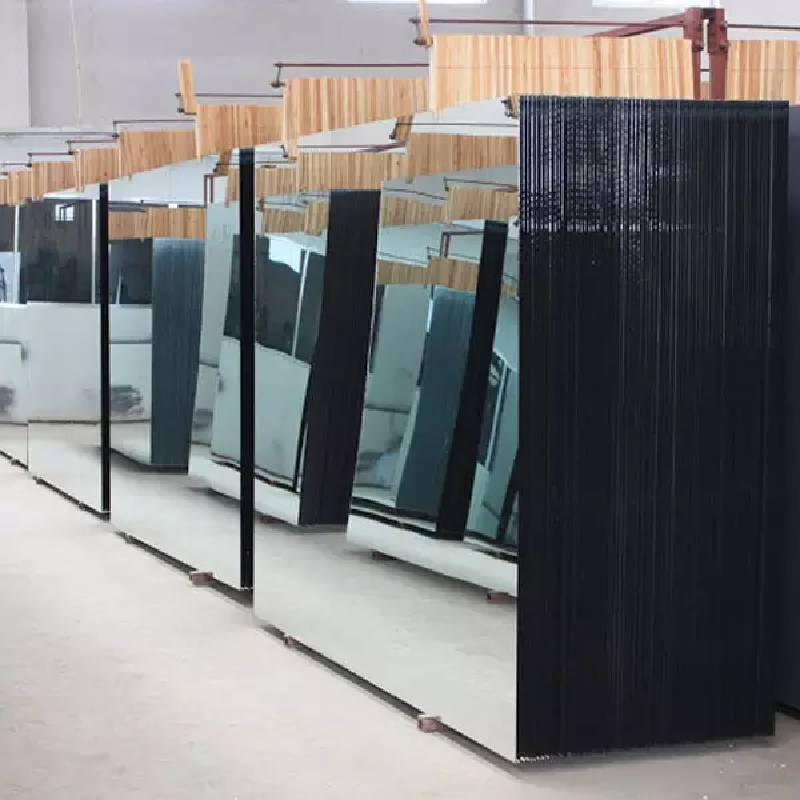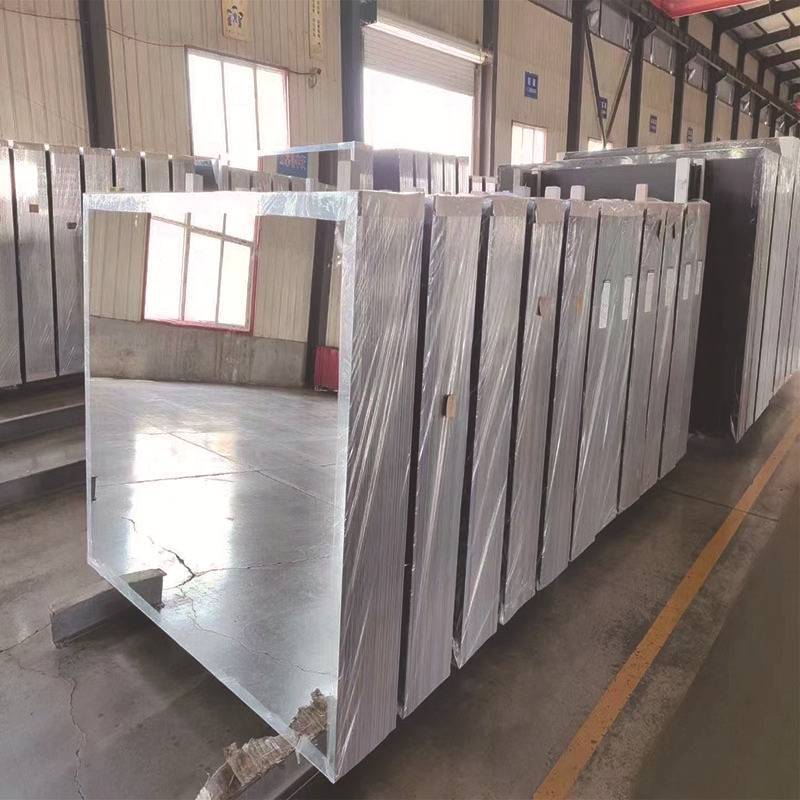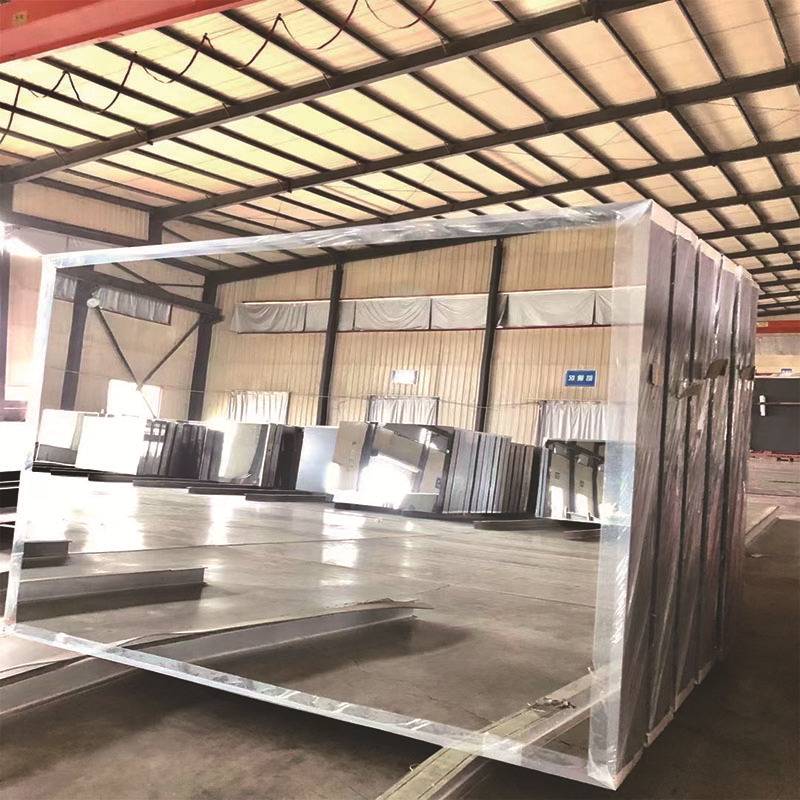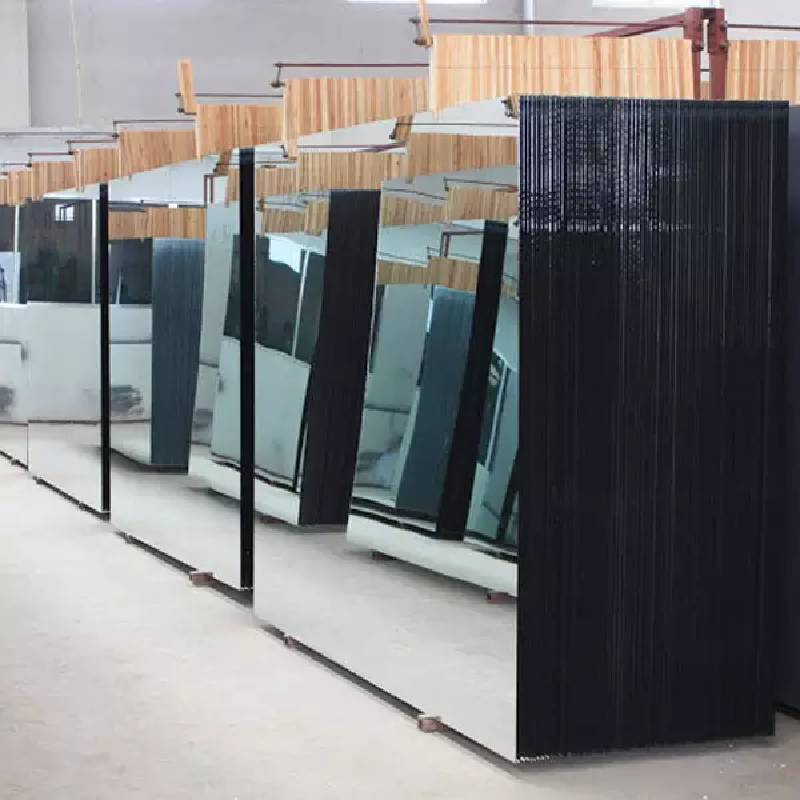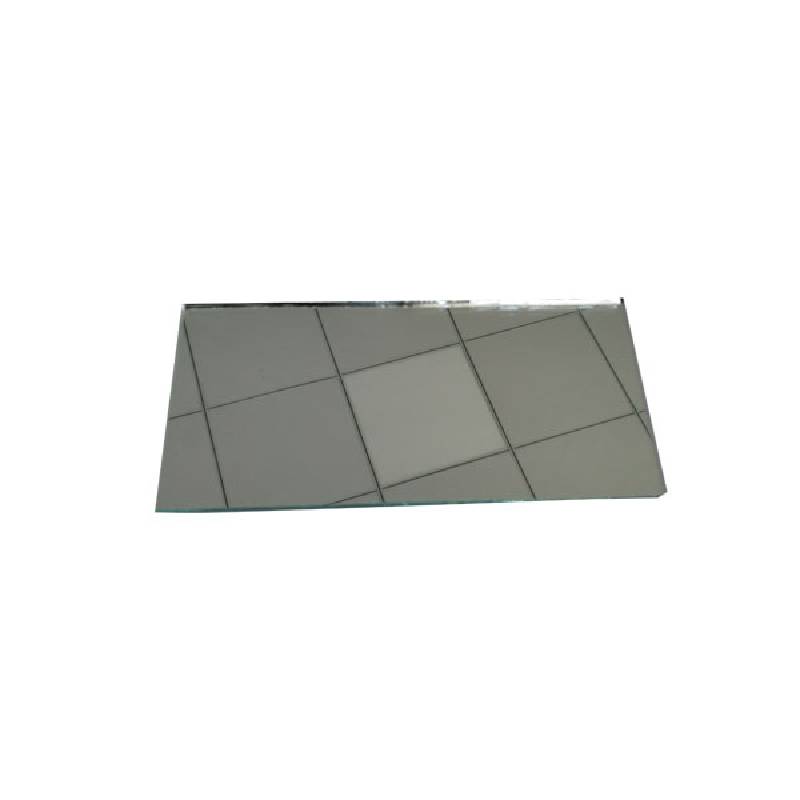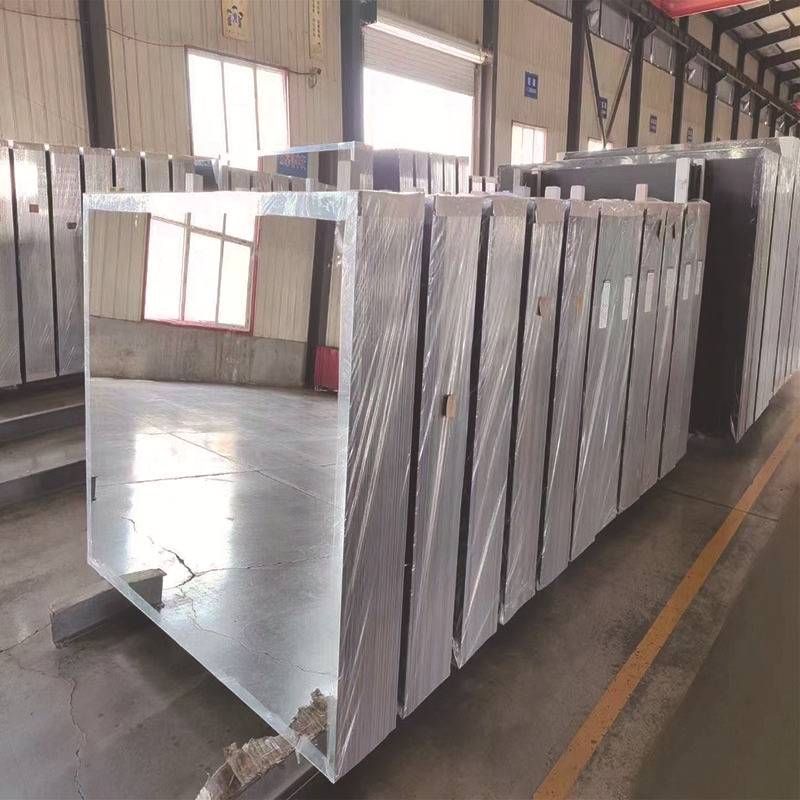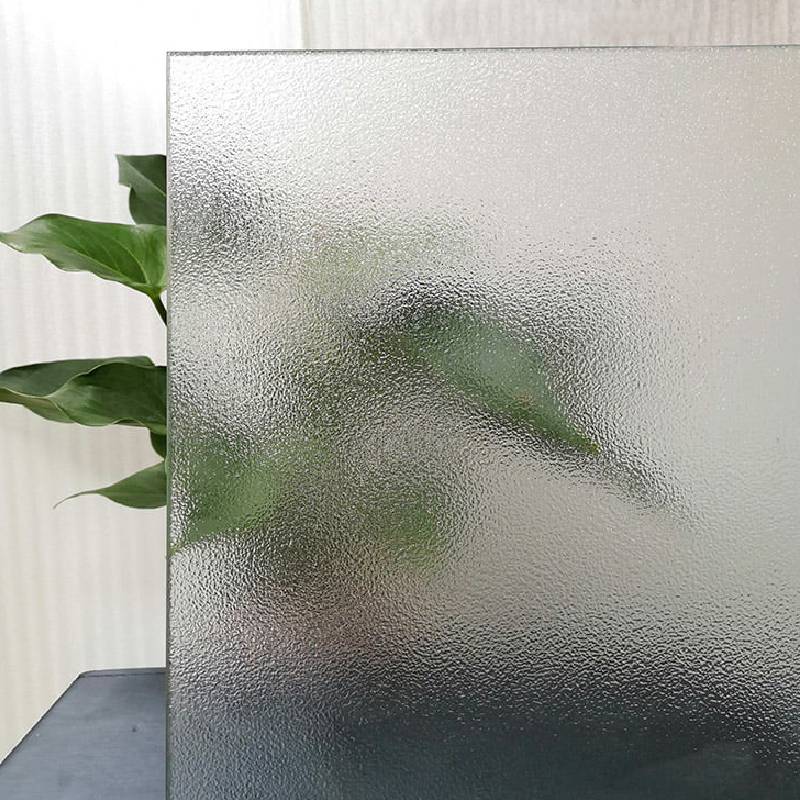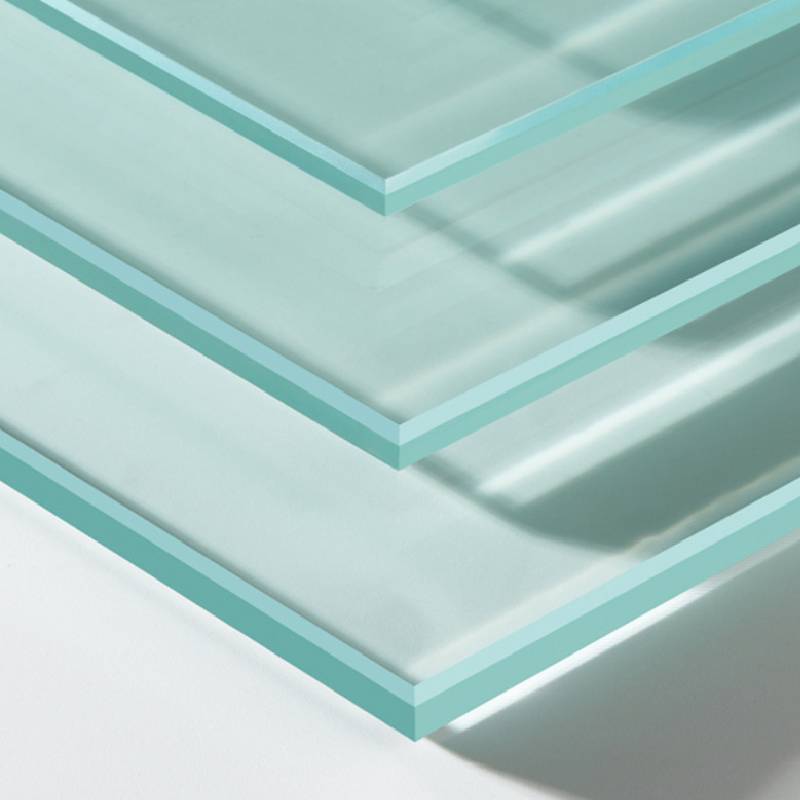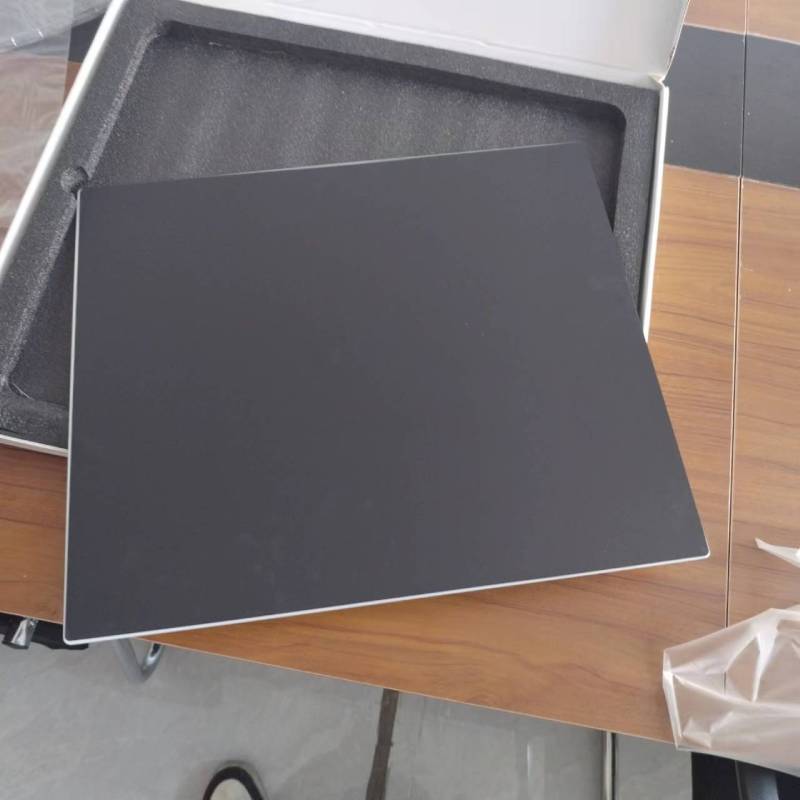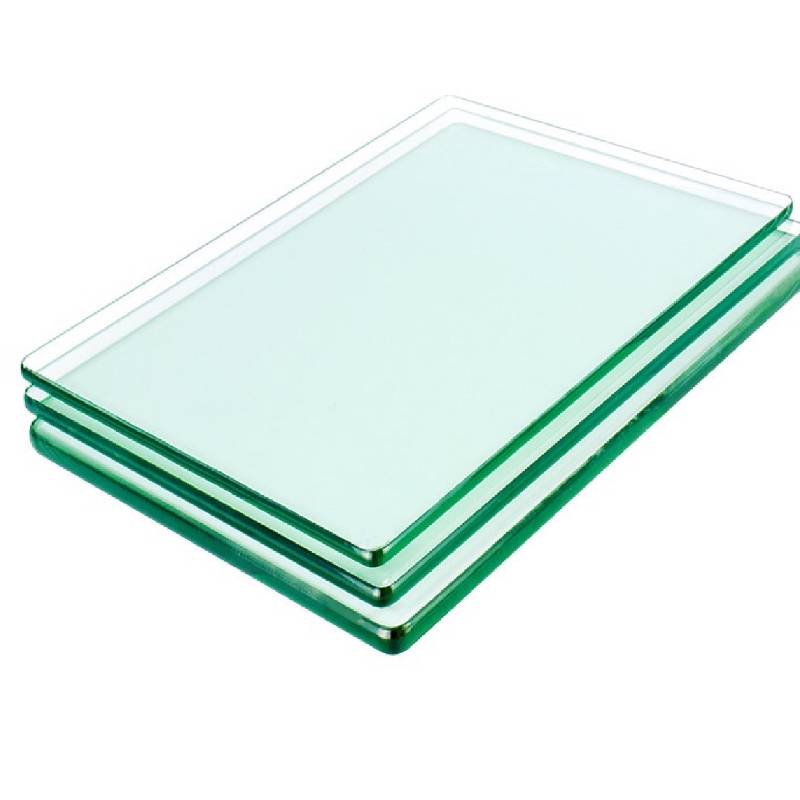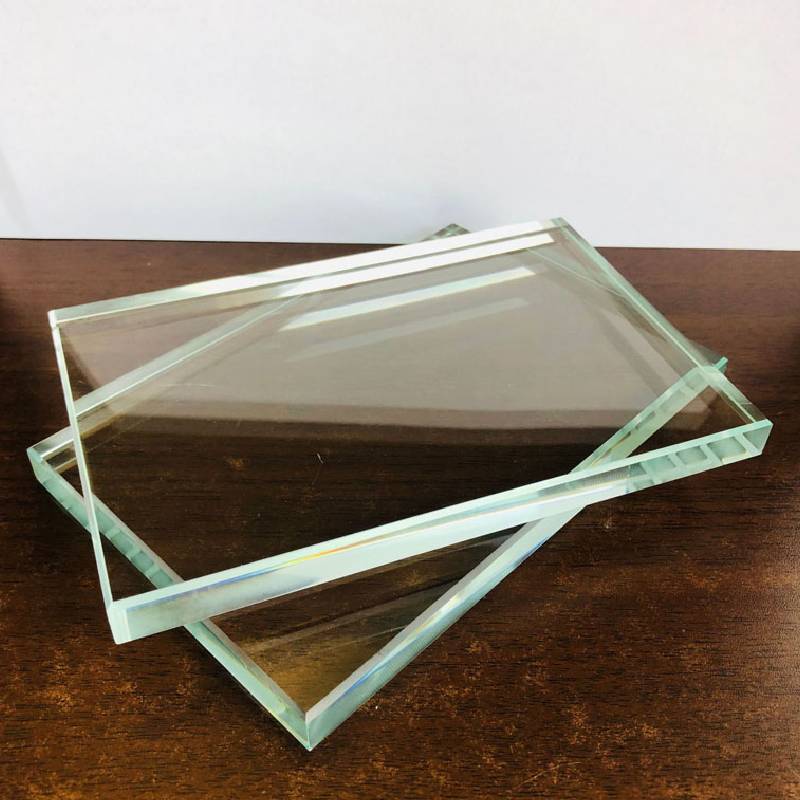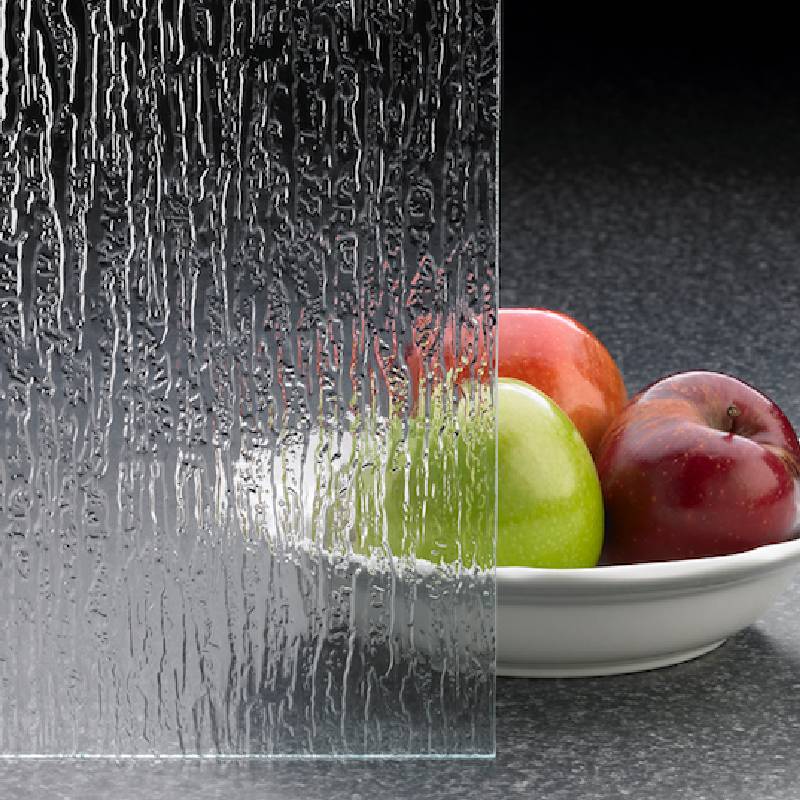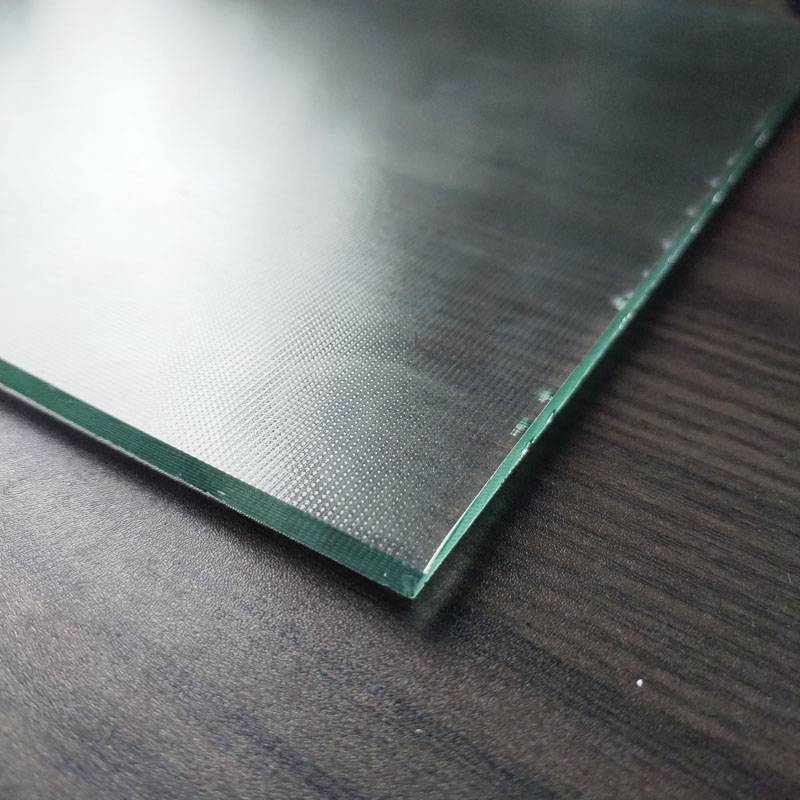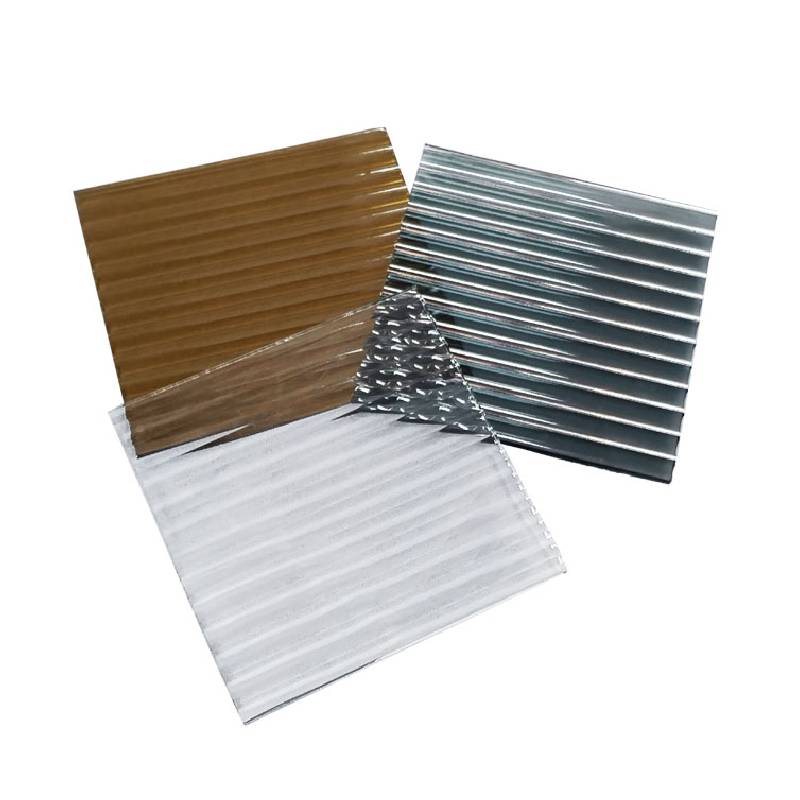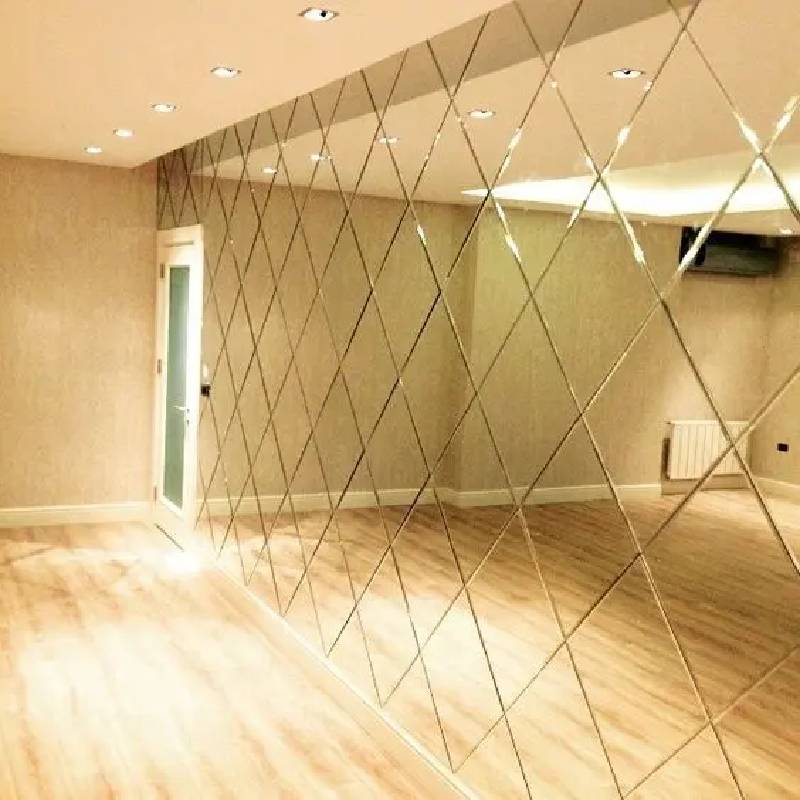Aluminum mirror, also known as aluminized glass mirror, glass mirror, mirror glass, mirror plate glass, is a commonly used mirror type. The reflective layer on the back is aluminum-coated. Compared with silver-coated glass mirrors, aluminum mirrors have lower reflectivity.
The production process of aluminum mirrors includes but is not limited to the following steps: first, use high-quality float glass plates as the original piece; then, go through a series of cleaning and polishing steps; then, perform metal magnetron sputtering deposition and plating under high vacuum conditions Aluminum; finally, it is made through rapid oxygen reaction and multiple paint spraying and drying processes.
The difference between aluminum mirror and silver mirror
Aluminum mirrors and silver mirrors are very similar in appearance, but there are significant differences in their production materials, cost, performance, etc. The production process of silver mirrors is more complicated, so there will be differences in quality and price.
Aluminum mirrors are made of metallic aluminum, while silver mirrors are made of silver electroplating. The price of silver mirrors is much higher than that of aluminum mirrors, but aluminum mirrors have low cost and long service life. In terms of brightness, the refractive property of silver mirrors is higher than that of aluminum mirrors, so under equal light intensity, silver mirrors look brighter.
Aluminum mirrors are widely used and can be used in various occasions such as cosmetic mirrors and furniture. High-grade float aluminum mirrors can also be made into colored mirrors of various colors to add different decorative effects, such as gray mirrors, brown mirrors, green mirrors, blue mirrors, etc. Aluminum mirrors can range in thickness from 1.1mm to 8mm, with a maximum size of 2440x3660mm (96X144 inches). In addition, aluminum mirrors can also be used in sanitary ware and other places.
Aluminum mirrors are divided into single-coated aluminum mirrors and double-coated aluminum mirrors
The thickness of the aluminum mirror is 1.1mm, 1.2mm, 1.3mm, 1.8mm, 2mm, 2.3mm, 2.5mm, 2.8mm, 3mm, 3.2mm, 3.5mm, 4mm, 5mm, 6mm, 8mm, 10mm, 12mm
The conventional sizes of aluminum mirrors are 1220*1830mm, 1830*915mm, 610*915mm, 1830*2440mm, 2140*3300mm, 2140*3660mm, 2250*3300mm, 2250*3660mm, 2440*3660mm
When choosing aluminum mirrors, you can decide based on specific application scenarios and needs. For example, STD-M standard aluminum mirrors can be used where high reflectivity is required. In terms of maintenance, you should avoid touching the surface of the aluminum mirror with your hands or objects to prevent contamination and damage.
When cleaning the surface of an aluminum mirror, you should first use high-pressure gas to blow off the dirt and dust on the surface, and then use traction cleaning to remove fingerprints and fixed residues on the surface.
One of the great features of aluminum mirrors is their relatively low price. This is because the raw material cost of aluminum is much cheaper than silver, so the price of aluminum mirrors is correspondingly lower. This is a big advantage for consumers looking for affordable prices.
Another feature of aluminum mirrors is their ease of mass production. Since the production process of aluminum mirrors is relatively simple and can improve production efficiency to a certain extent, it is more suitable for mass production. This also makes aluminum mirrors more popular and common in the market.
 afrikanska
afrikanska  albanska
albanska  amhariska
amhariska  arabiska
arabiska  armeniska
armeniska  azerbajdzjanska
azerbajdzjanska  baskiska
baskiska  vitryska
vitryska  bengaliska
bengaliska  bosniska
bosniska  bulgariska
bulgariska  katalanska
katalanska  Cebuano
Cebuano  korsikanska
korsikanska  Kroatisk
Kroatisk  tjeckiska
tjeckiska  danska
danska  holländska
holländska  engelsk
engelsk  esperanto
esperanto  estniska
estniska  finska
finska  franska
franska  frisiska
frisiska  galiciska
galiciska  georgiska
georgiska  tysk
tysk  grekisk
grekisk  Gujarati
Gujarati  haitisk kreol
haitisk kreol  hausa
hausa  hawaiian
hawaiian  hebreiska
hebreiska  Nej
Nej  Miao
Miao  ungerska
ungerska  isländska
isländska  igbo
igbo  indonesiska
indonesiska  irländsk
irländsk  italienska
italienska  japanska
japanska  javanesiska
javanesiska  Kannada
Kannada  kazakiska
kazakiska  Khmer
Khmer  rwandiska
rwandiska  koreanska
koreanska  kurdiska
kurdiska  kirgiziska
kirgiziska  TB
TB  latin
latin  lettiska
lettiska  litauiska
litauiska  Luxemburgiska
Luxemburgiska  makedonska
makedonska  Malgashi
Malgashi  malajiska
malajiska  Malayalam
Malayalam  maltesiska
maltesiska  Maori
Maori  Marathi
Marathi  mongoliska
mongoliska  Myanmar
Myanmar  nepalesiska
nepalesiska  norska
norska  norska
norska  occitanska
occitanska  Pashto
Pashto  persiska
persiska  putsa
putsa  portugisiska
portugisiska  Punjabi
Punjabi  rumänska
rumänska  ryska
ryska  Samoan
Samoan  skotsk gaeliska
skotsk gaeliska  serbiska
serbiska  engelsk
engelsk  Shona
Shona  Sindhi
Sindhi  singalesiska
singalesiska  slovakiska
slovakiska  slovenska
slovenska  somaliska
somaliska  spanska
spanska  Sundanesiska
Sundanesiska  Swahili
Swahili  svenska
svenska  Tagalog
Tagalog  tadzjikiska
tadzjikiska  Tamil
Tamil  tatariska
tatariska  Telugu
Telugu  Thai
Thai  turkiska
turkiska  turkmeniska
turkmeniska  ukrainska
ukrainska  Urdu
Urdu  Uigur
Uigur  uzbekiska
uzbekiska  vietnamesiska
vietnamesiska  walesiska
walesiska  Hjälp
Hjälp  jiddisch
jiddisch  Yoruba
Yoruba  Zulu
Zulu 

